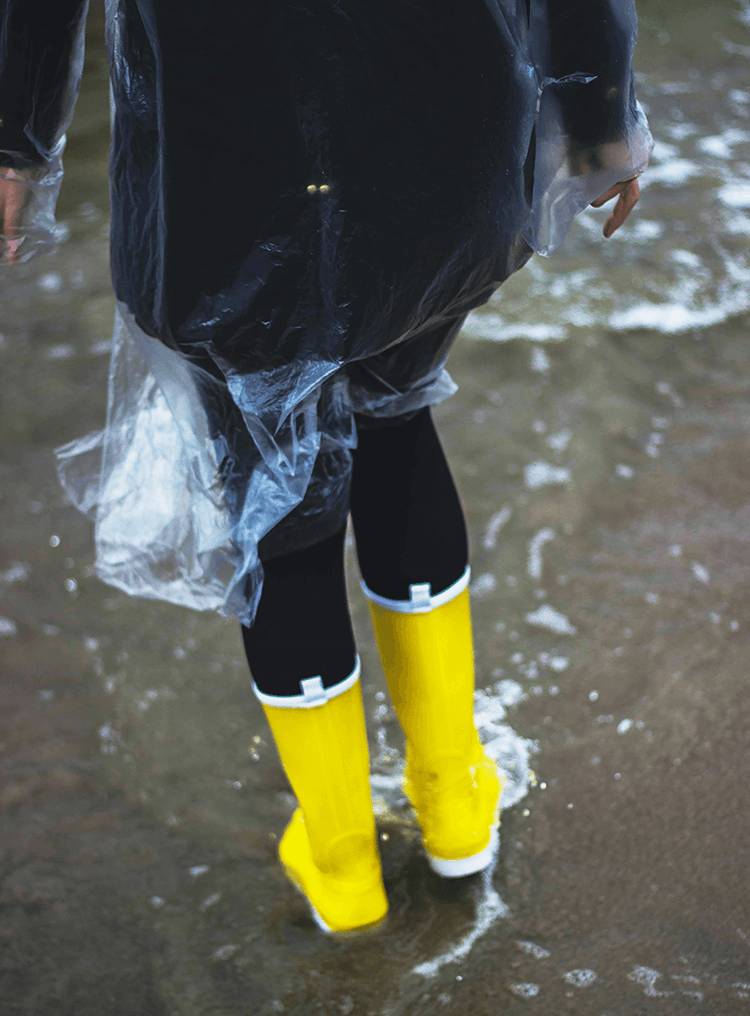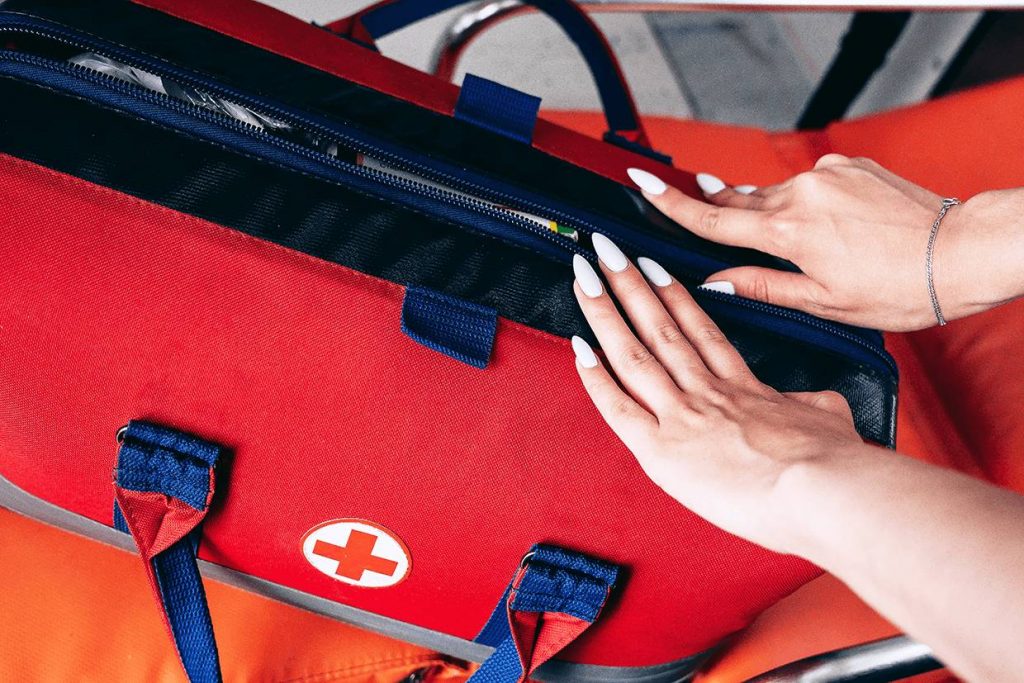The rainy season was officially declared by the Philippine Atmospheric, Geophysical, and Astronomical Services Administration (PAGASA) last June 2, after observing how scattered thunderstorms, the Super Typhoon Betty, and a southwest monsoon (habagat) brought widespread rain to western parts of Luzon and Visayas.
Filipinos, especially those living in flood prone areas, can expect fast rising waters within their places of residence.
This could pose a huge threat to their homes and lives, especially with the Philippines having a history of flood-related disasters.
It is never too late to prepare for these. With lives at stake, there is nothing wrong with doing some disaster preparedness.

Here is what you need to do to prepare yourself and the people at home just in case a strong downpour is reported that may cause water to rise.
Preparing ahead
Stay updated. When you immediately hear news reports about an upcoming heavy rainfall, keep yourself informed regarding how it can hugely affect the country, specifically in your city or province.
Designate an evacuation area for your family. If there is a high chance that there is a need to evacuate during this forthcoming disaster, think of a place where you can go to that can keep you safe from those rising waters.

It can be the high floors of your own home, but for those who live in a one-floor abode, you can search for other safe evacuation areas around the area that can temporarily shelter you, like a relative’s home or the nearby mall.
Have enough supplies. The flood might reach your home and damage your stove. Moreover, most flooded areas might experience electricity and water interruptions.
Beforehand, prepare a disaster supply kit that can help you last for a few days until the flood subsides and your area recovers. Your kit should contain emergency food that requires little to no cooking and refrigeration, as well as a can opener, candles, matches, and a first aid kit.

Moreover, keep a flashlight and spare batteries to help you see at night, as well as a battery-powered radio to keep yourself updated with news about the weather. Always bring these items with you wherever you go during the disaster.
Secure your valuable items. When there is still precious time before heavy rainfall hits and water rises, you can put important items, like documents, appliances, furniture, clothes, among others, on top of surfaces above expected flood water level.
Research. When you are new and unfamiliar in your area, find out through long-time residents and the city government if your location is likely to be flooded.
Furthermore, take time to educate yourself about the flood warning system in your community and make sure to pass the information along to your family members.
Contact the local Disaster Risk Reduction and Management office in your municipality to know more about what to do before the floods come.
